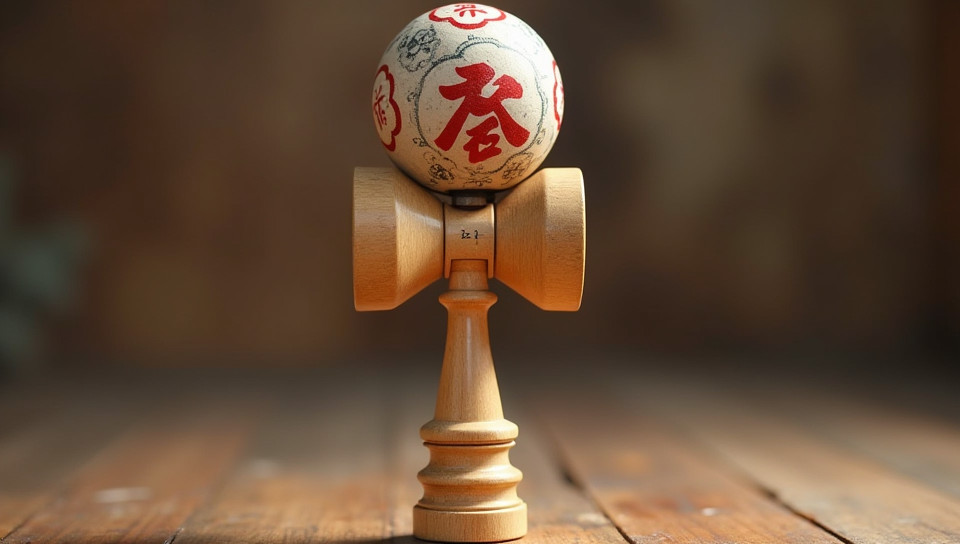Uncoordinated movements hinder Kendama technique development 90%

Mastering Kendama: The Importance of Coordination
For those who have attempted to learn the art of Kendama, it's no secret that mastering this ancient Japanese toy can be a frustrating and challenging experience. Despite its seemingly simple design, the Kendama requires a great deal of skill, patience, and practice to master its various tricks and techniques. One key aspect that can hinder progress is uncoordinated movements, which can lead to poor timing, sloppy form, and ultimately, stagnation in development.
The Role of Coordination
Coordination plays a crucial role in Kendama technique development. It involves the synchronization of hand-eye movement, body position, and muscle control, allowing for smooth and precise execution of tricks. When coordination is lacking, movements become disjointed, leading to dropped catches, botched flips, and other frustrating mishaps.
The Impact of Uncoordinated Movements
Uncoordinated movements can have a significant impact on Kendama technique development in several ways:
- Lack of control over the Kendama's movement
- Inability to time catches accurately
- Poor posture and balance leading to fatigue and injury
- Reduced ability to focus and concentrate during practice sessions
- Increased likelihood of developing bad habits
Strategies for Improving Coordination
While uncoordinated movements can be a major obstacle in mastering Kendama, there are several strategies that can help improve coordination:
Practice Regularly
Regular practice helps develop muscle memory, allowing for more efficient and coordinated movements. Set aside dedicated time each day or week to focus on specific techniques or tricks.
Focus on Body Positioning
Maintaining proper body positioning is essential for coordinated movements. Ensure your feet are shoulder-width apart, knees slightly bent, and weight evenly distributed between both legs.
Break Down Tricks into Smaller Components
Complex tricks can be overwhelming, especially when coordination is lacking. Breaking down tricks into smaller components helps focus on specific movements, making it easier to develop muscle memory and improve overall technique.
Conclusion
Uncoordinated movements are a significant barrier to mastering Kendama techniques. By understanding the importance of coordination and implementing strategies to improve it, practitioners can overcome this obstacle and progress towards becoming skilled Kendama players. With patience, dedication, and consistent practice, anyone can master the art of Kendama and unlock its full potential.
- Created by: Charles Lopez
- Created at: Jan. 17, 2025, 7:19 p.m.
- ID: 18077





